Promoting Elementary School Physical Activity: Ideas for Enjoyable Active Learning, 2nd Edition (Original PDF from Publisher)
| Edition |
1st |
|---|---|
| Format |
Publisher PDF |
| ISBN 10 |
171821474X |
| ISBN 13 |
978-1718214743 |
| Language |
English |
| Published Year |
2023 |
| Publisher |
Human Kinetics |
- Best Price Guaranteed
- Best Version Available
- Free Pre‑Purchase Consultation
- Immediate Access After Purchase
$39.00 Original price was: $39.00.$24.00Current price is: $24.00.
Categories: Sport Medicine
Children that are physically active grow and develop more healthily. They have a lower likelihood of being overweight. They are better at controlling their conduct and learning. However, since they feel overburdened with time, space, and equipment, many classroom teachers provide little to no time for physical activity. This brings us to the topic of promoting physical activity in elementary schools: ideas for fun active learning. This book offers physical educators and K–5 classroom teachers easy, innovative exercises and ideas that work in schools and are appropriate for all students. The concepts are realistic, understandable, and supported by studies that demonstrate the advantages of physical activity.
Additionally, they are adaptable, allowing teachers to select the activities that best suit their children by providing options and advice. The majority of exercises can be completed in a classroom or in a small area. There are 50 readily available activities in four categories from Promoting Elementary School Physical Activity:
Breaks for physical activity in the classroom
Instruction that is physically active during breaks
Improved physical education
Schools can encourage physical activity throughout the day thanks to the games and activities. It is simple to include the activities into the curriculum at any time, including before and after school. Little to no equipment is required; for the few activities that need, ideas are given for creating basic equipment out of commonplace materials. Many chapters also include an infographic that illustrates or explains the advantages of the activity for the subject under discussion, and the majority of chapters provide teachers with fast recommendations to help them overcome any difficulties that may arise with the activities in that part. Three components make up Promoting Elementary School Physical Activity:
Ideas for utilizing recess, integrating physical activity into academic instruction, establishing a physically active classroom, and integrating classroom physical activity breaks are provided in Part I, Classroom Physical Activity.
The physical education teacher is the target audience for Part II, Physical Education. It offers straightforward methods for encouraging kids to move during physical education class, putting them in touch with community and school resources for physical exercise, and encouraging lifetime physical activity.
Additional choices for student physical activity are provided in Part III, The Physically Active School, which also offers suggestions for physically active transportation to and from school as well as before- and after-school programs. It also emphasizes how crucial the physical
environment, social environment, physical activity policies, and physical activity habits. In order to plan and coordinate the physical activity possibilities offered throughout this book, the comprehensive school physical activity program is examined.
With the help of this useful handbook, educators can easily introduce their K–5 pupils to the joys of physical activity as well as its social, scholastic, and health advantages.



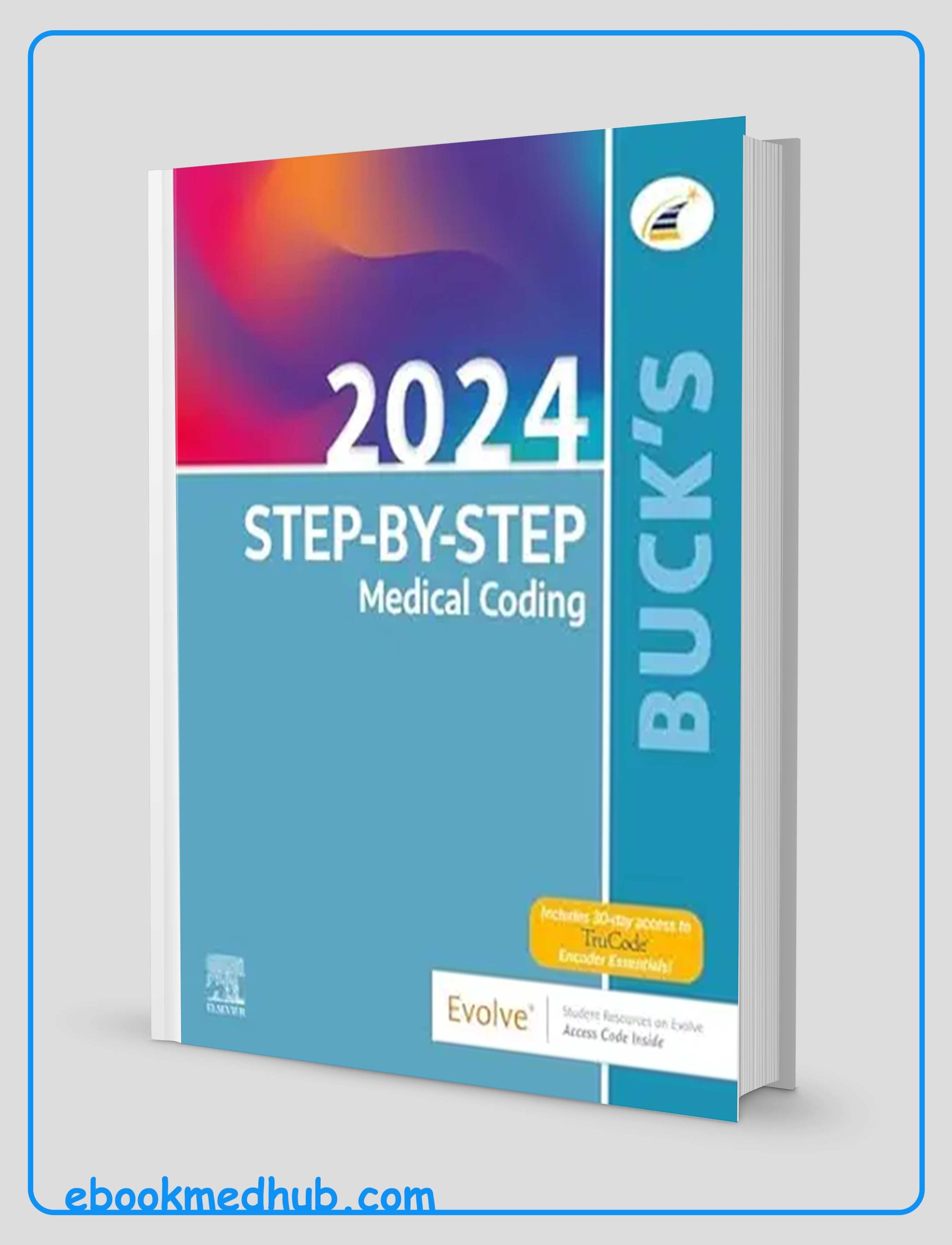
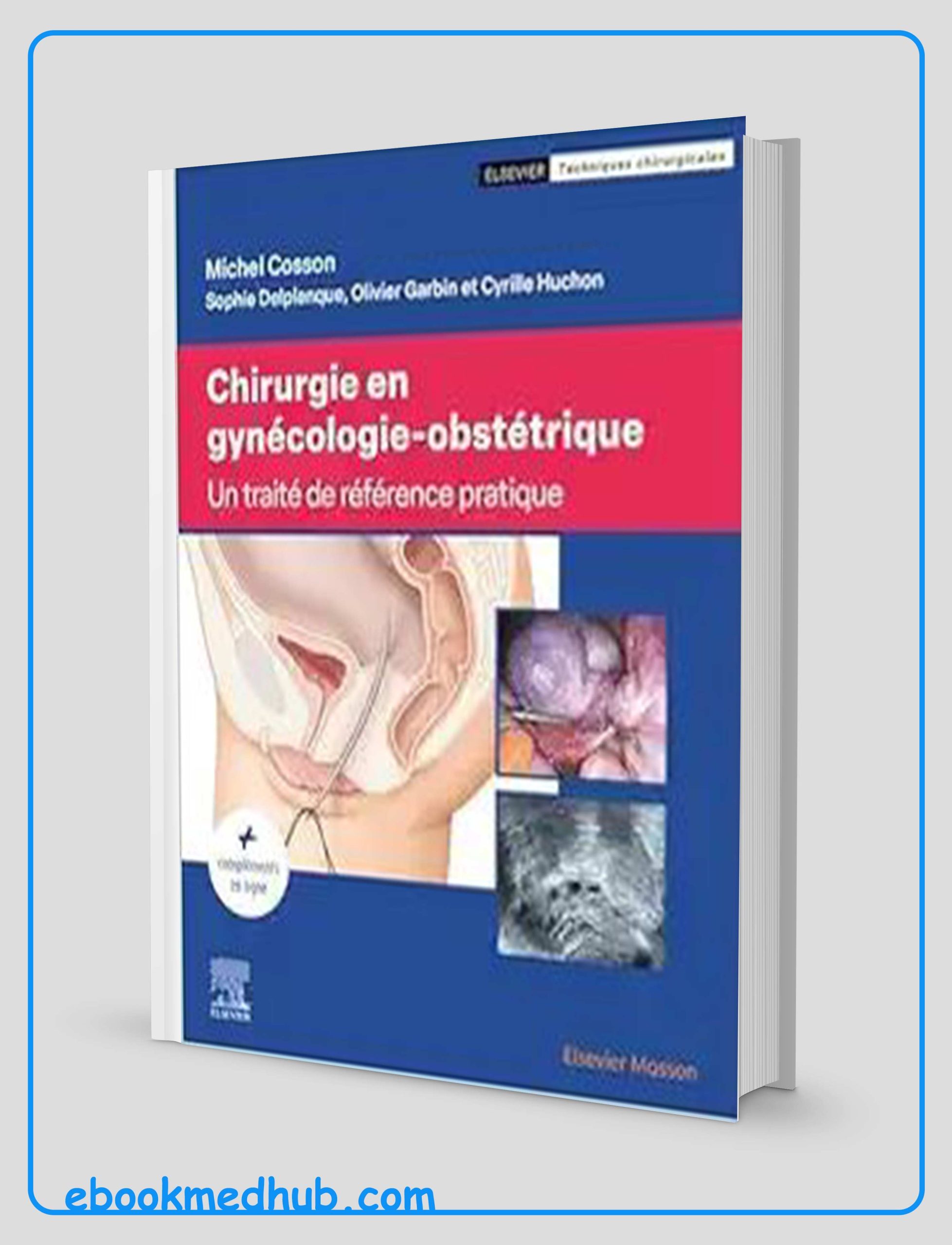
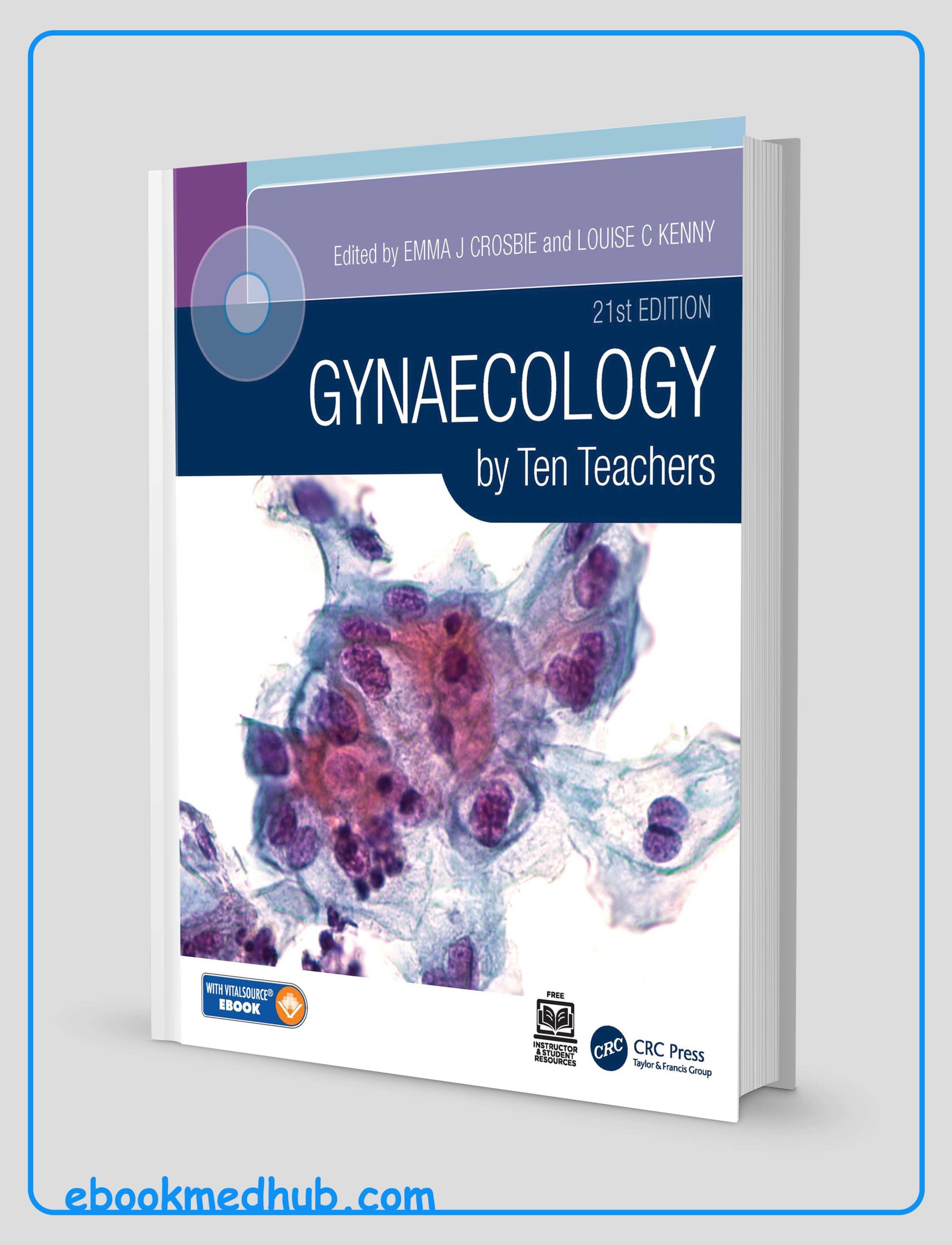
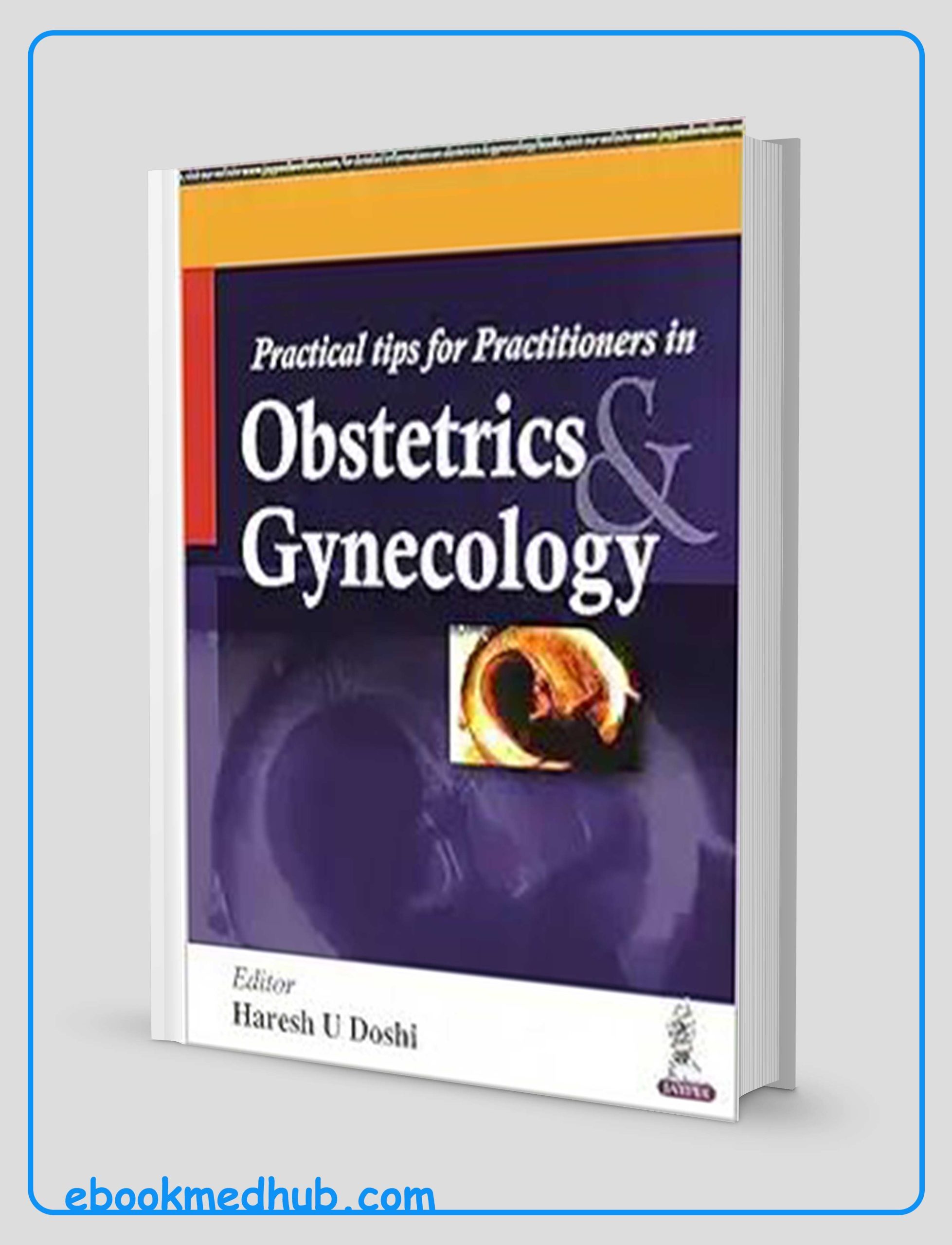

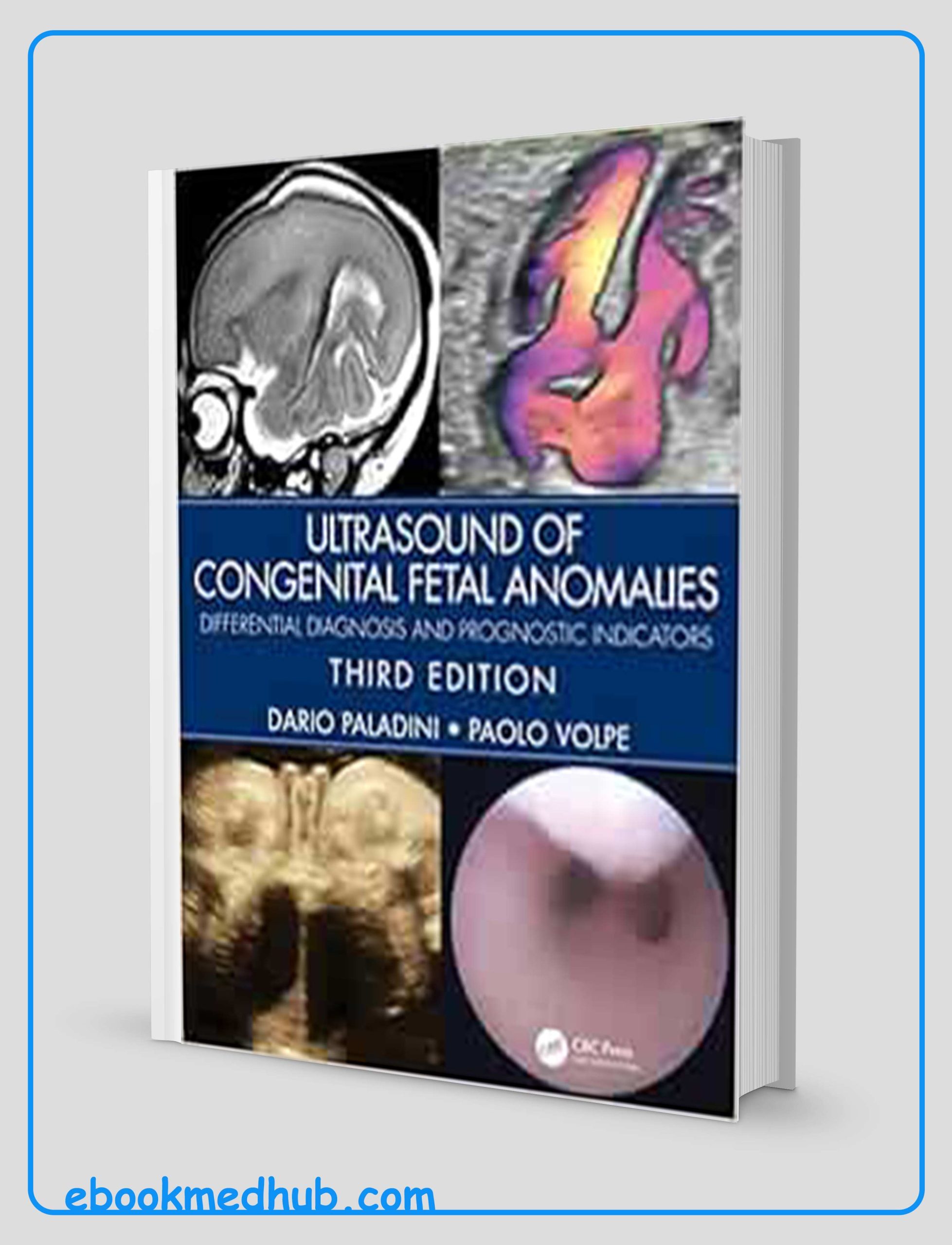

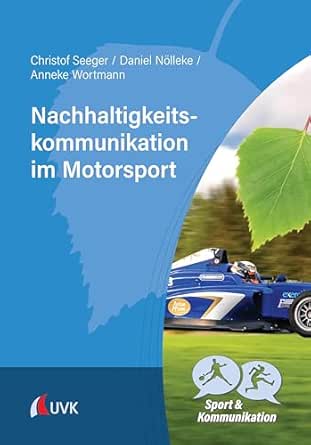
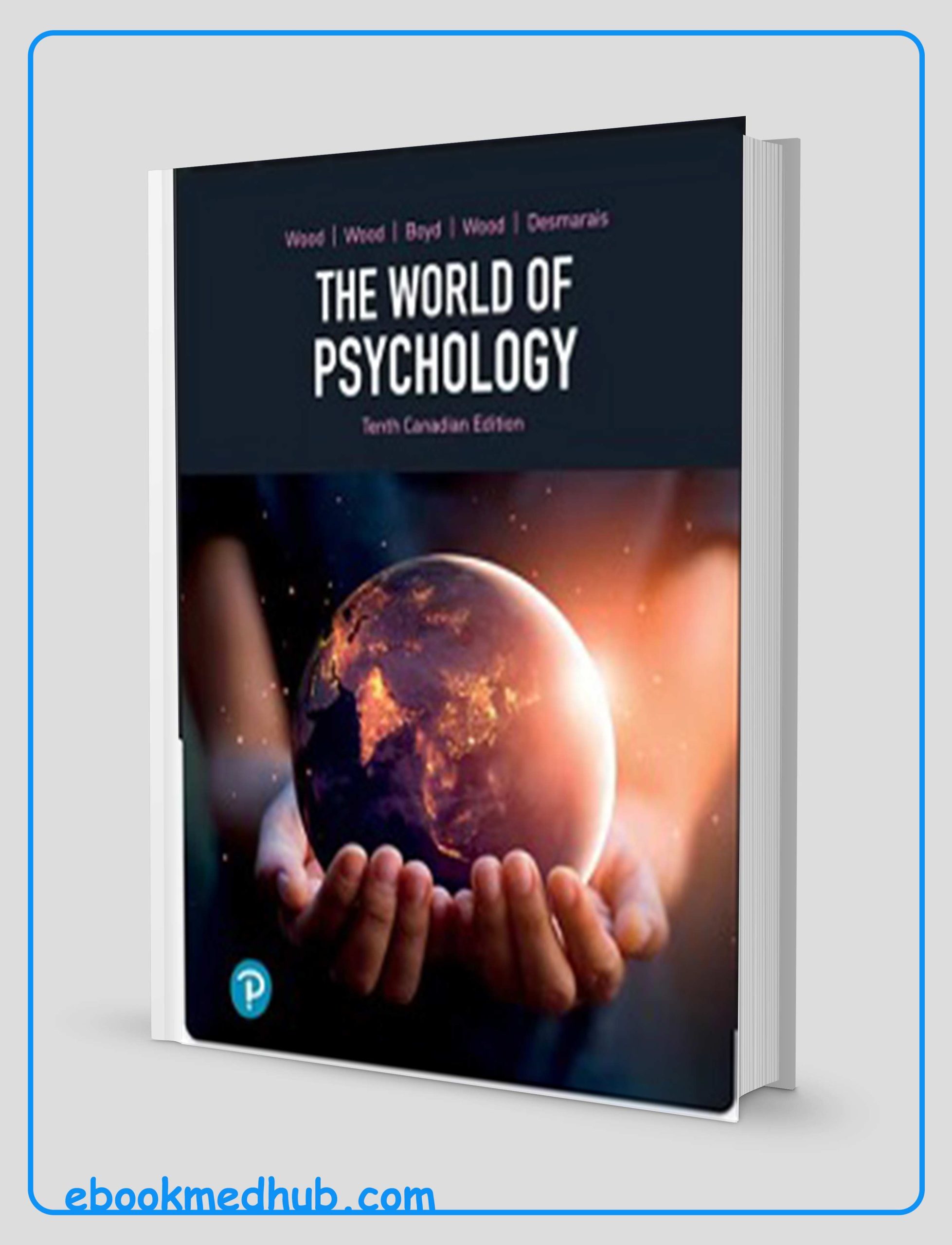
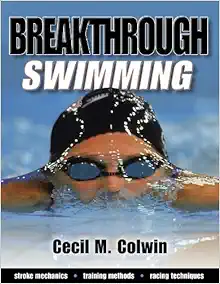



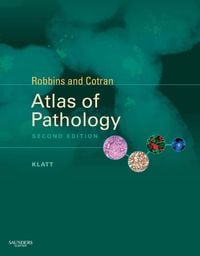



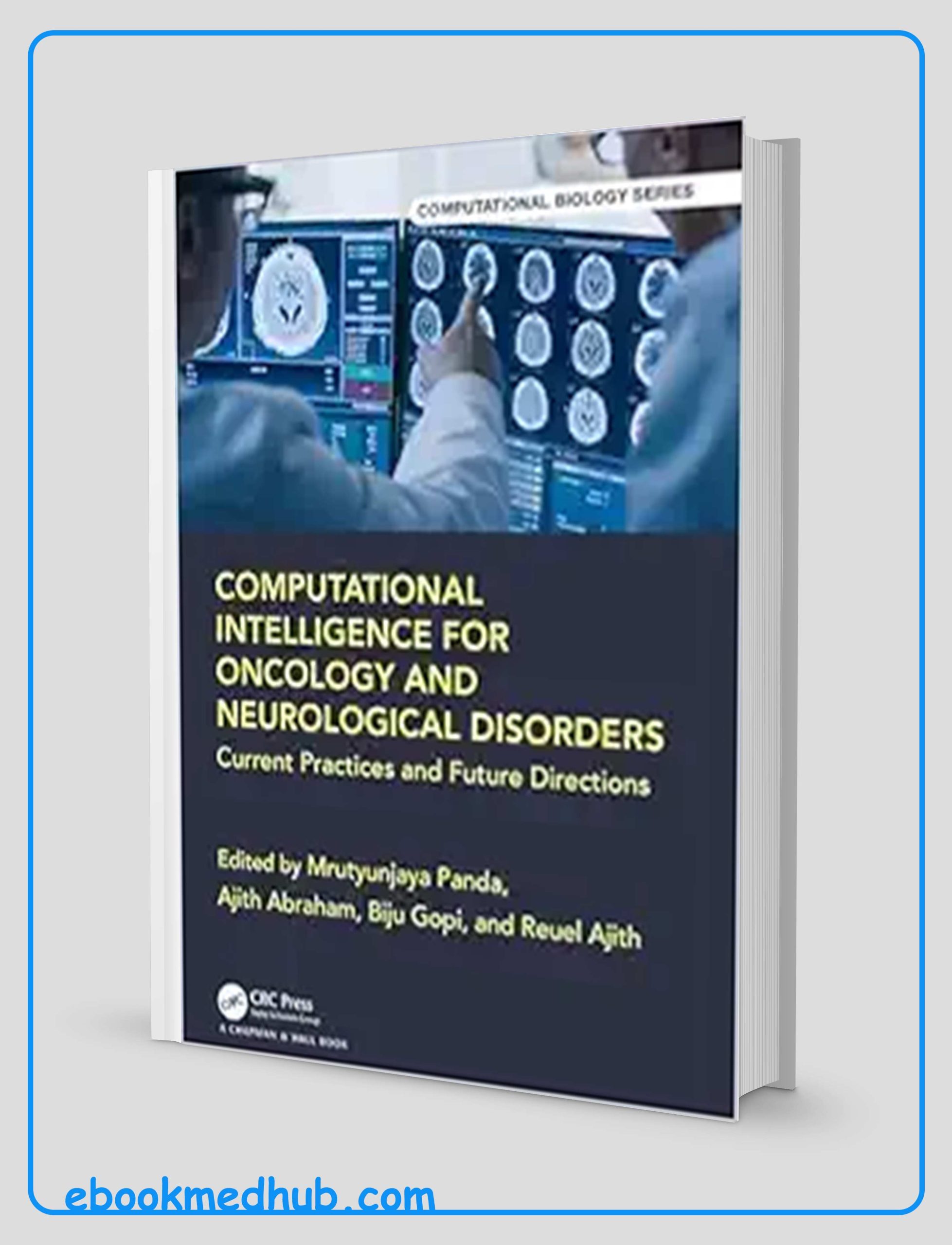
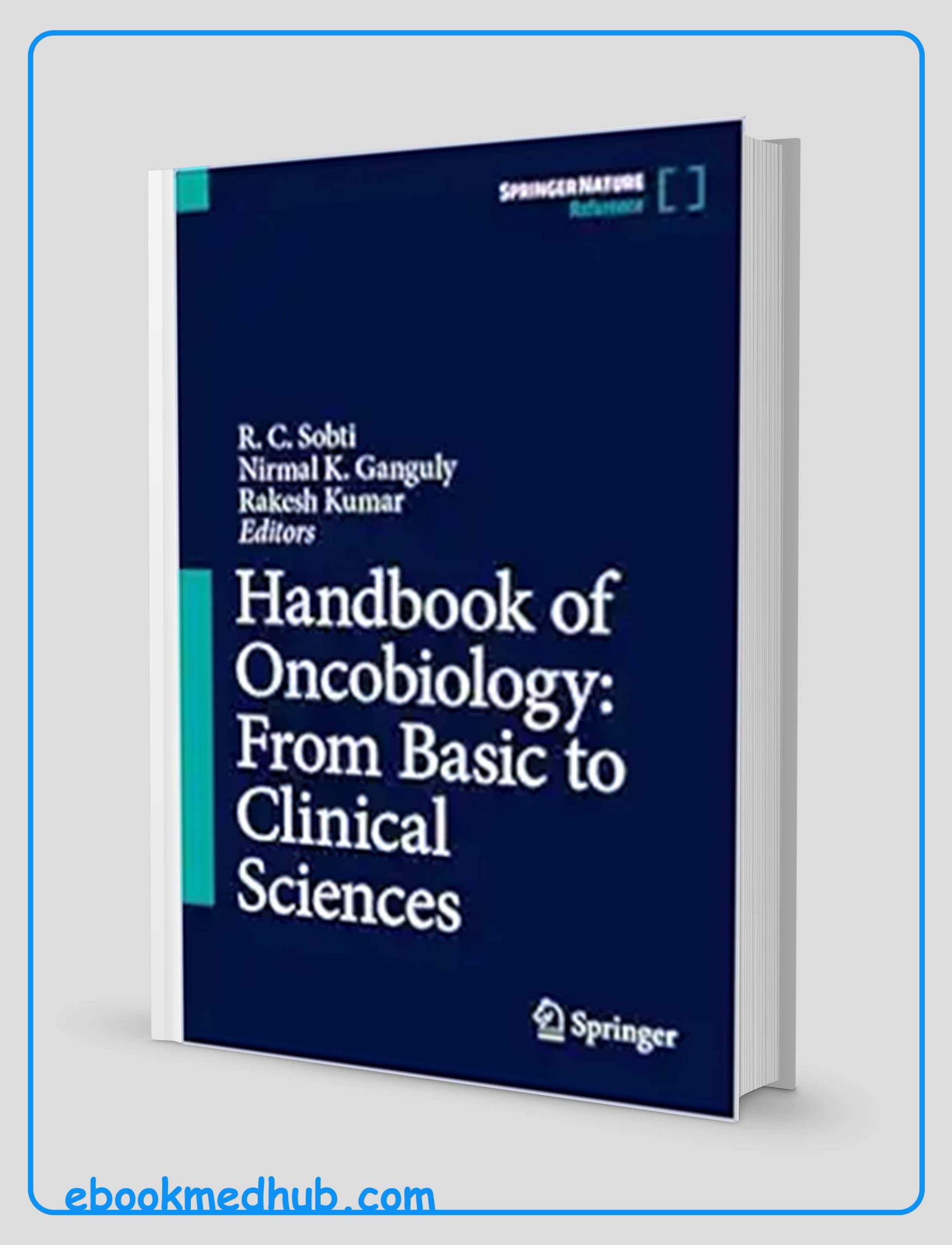
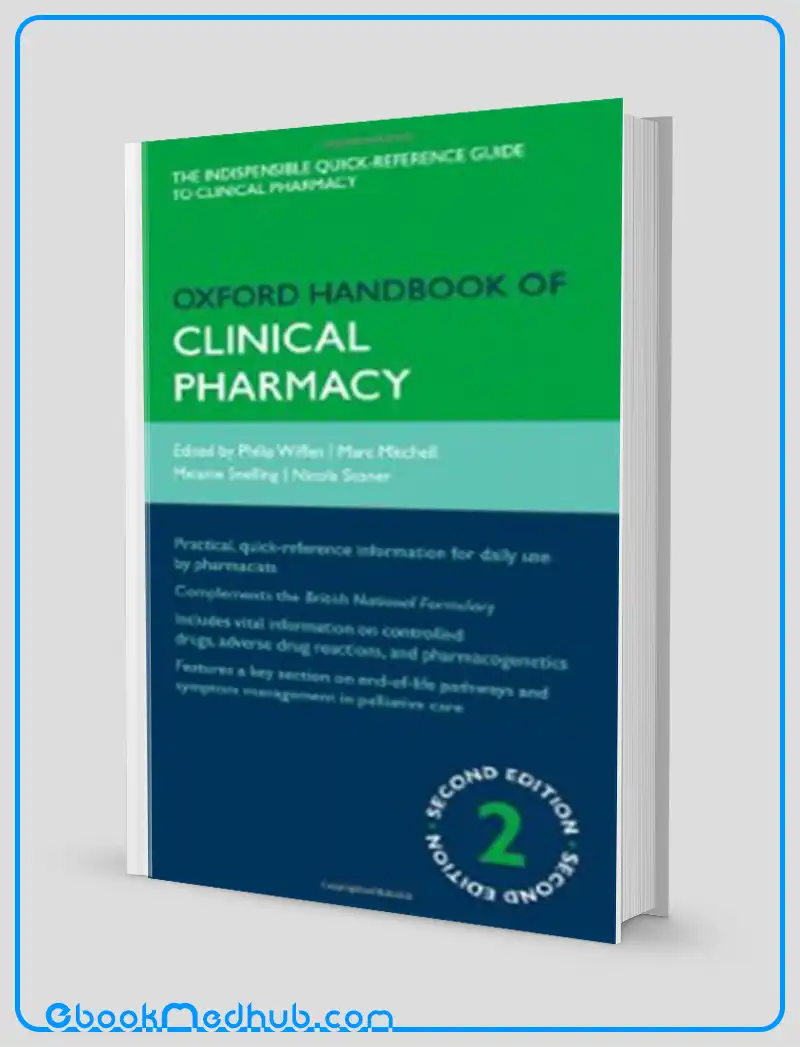




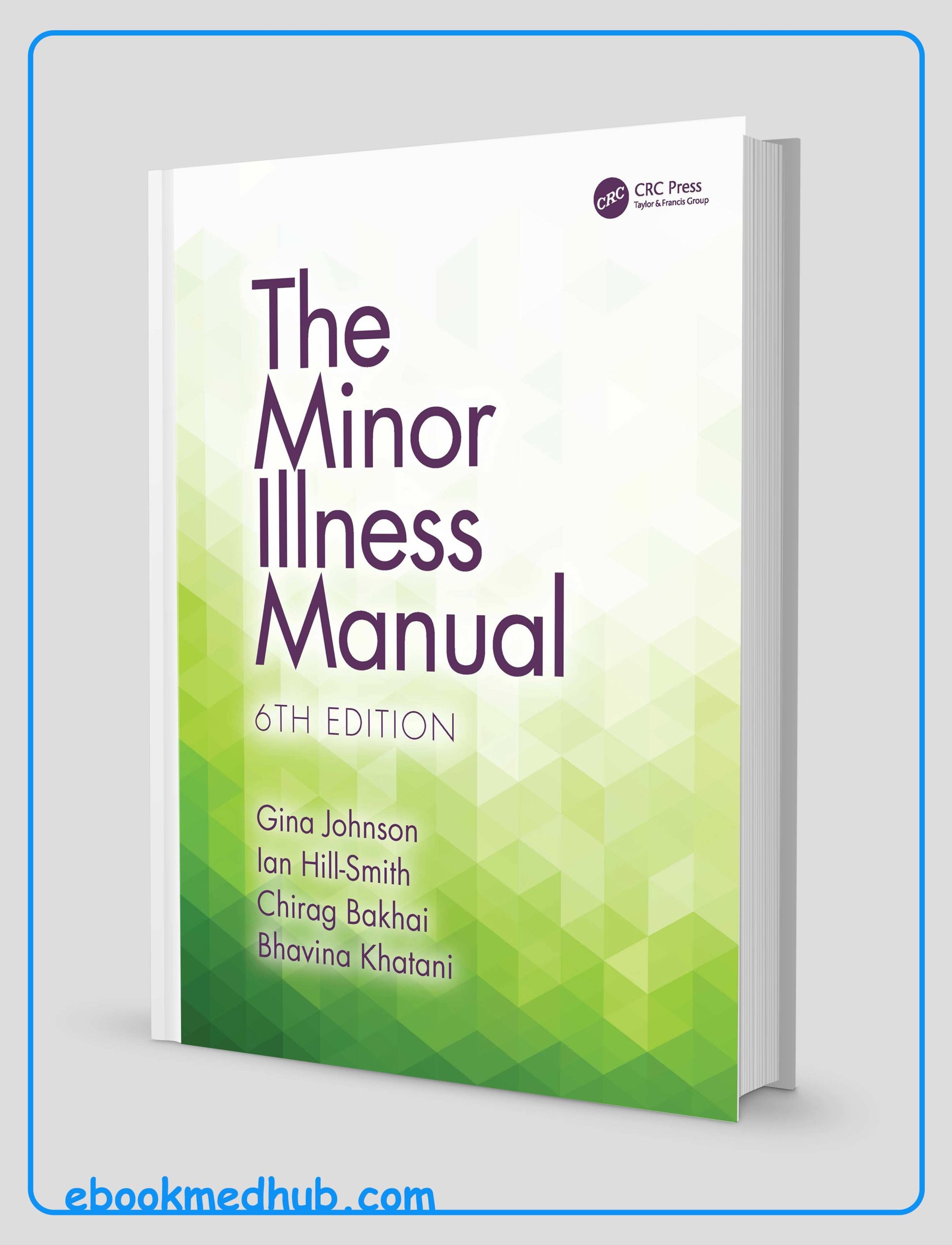
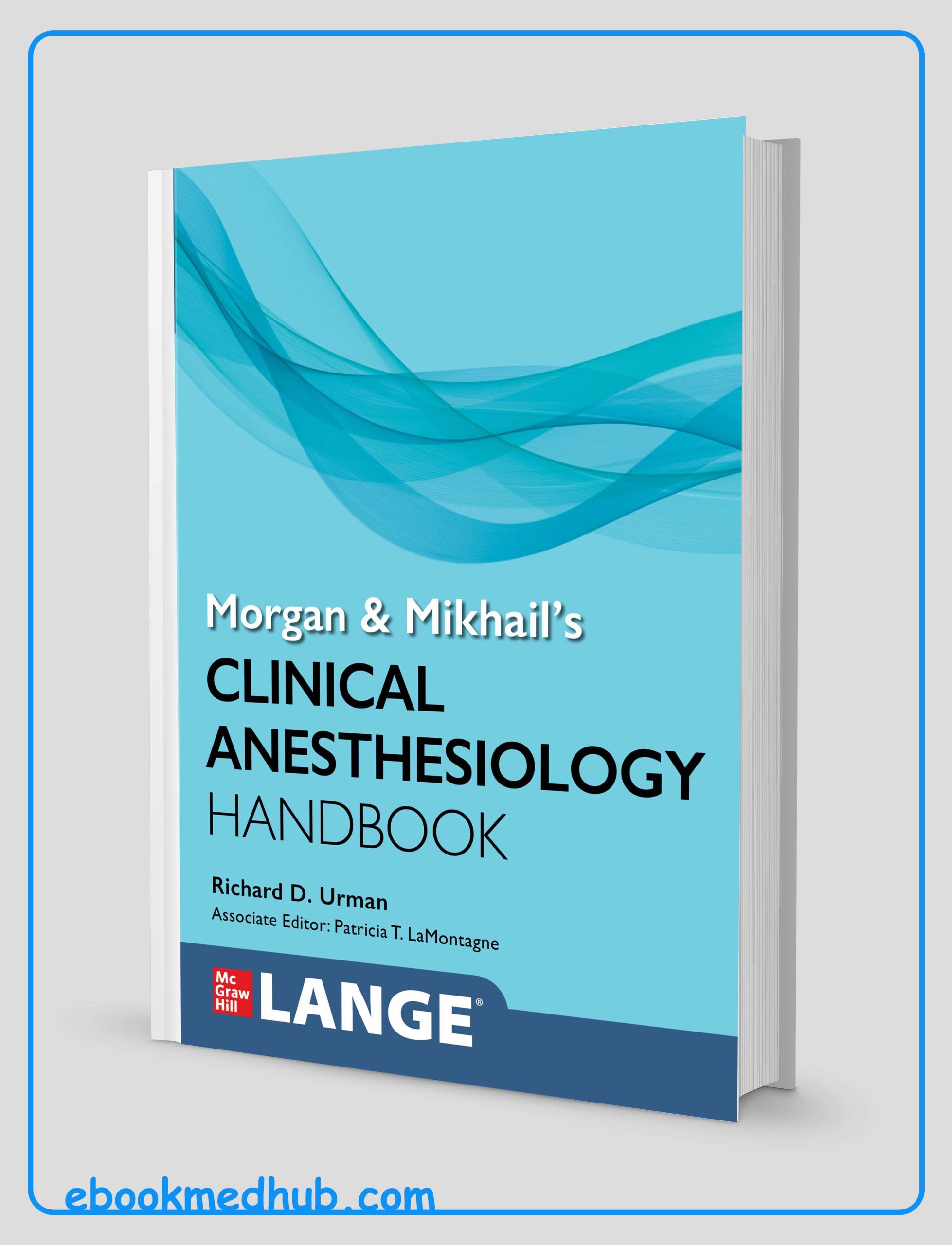

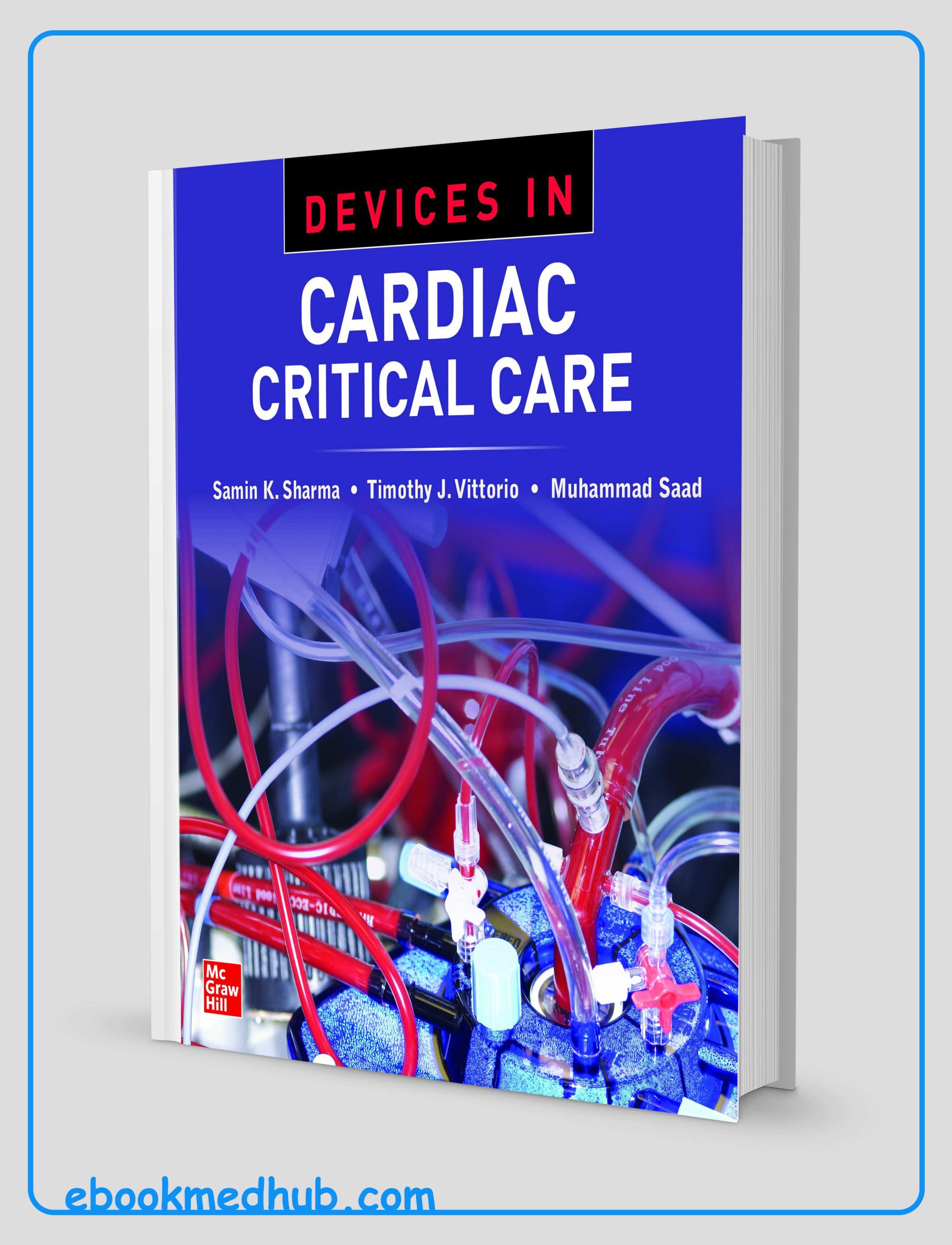
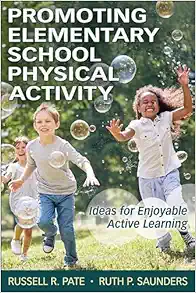
Reviews
There are no reviews yet.